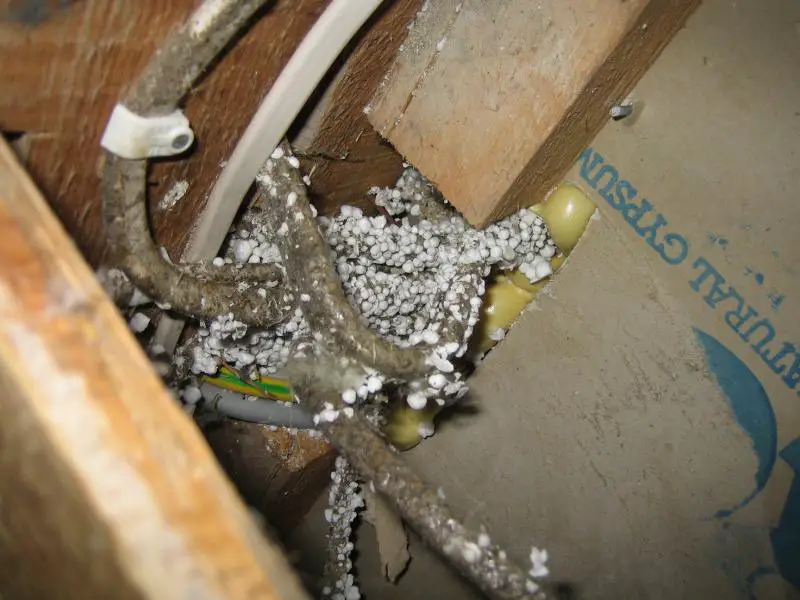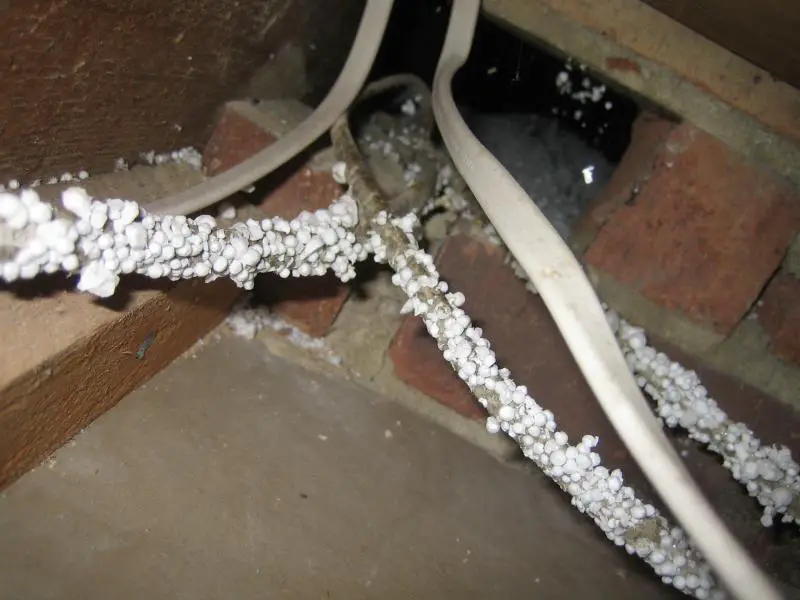You aren't responsible for what the previous bunglers did.I have no idea where the cables are currently. As you can see from the first image I've added above, they are loose and on the opposite wall, where there is another socket, at skirting level. So at some point they either move down or slope down. It's not ideal, but it's what i'm left with!!
But you will be responsible for what you install, so you must do it safely.I will probably cover it over and mark on the wall where cabling is as much as I can, before papering.
It doesn't matter what you think about that.I understand all of what you've pointed out, but I think the chances of that happening are very remote.
Other people's safety must not rely on them only doing what you can imagine.Firstly, I cannot imagine anyone not stopping drilling after going through plasterboard.
Your cable isn't behind the polystyrene, it's just behind the plasterboard.But if they did they would then need to drill on through a further 15cm or air and polystyrene to reach the wire which I am situating at the back, behind it.
But it's not your cable that would be the problem - that would be in a zone created by the socket. The problem would be that you'd have removed the horizontal safe zone in which the existing cables are running.
http://www.tlc-direct.co.uk/Main_Index/Conduit_Steel_Index/index.htmlIs there not some sort of protective tubing on the market? That would be useful.
You have a choice of these:I have listened to your advice on what my original question was about.
But you haven't come up with a viable answer in regards to not using a plate in the middle of my wall.
- Leaving the socket there or swapping it for a blanking plate
- Re-routing the existing horizontal cables into a safe zone
- Adding earthed mechanical protection to the existing horizontal cables
Not acceptable.I will additionally be adding full details to my home pack and held with with the deeds in regards to the work for any future owners, so that they are informed.





